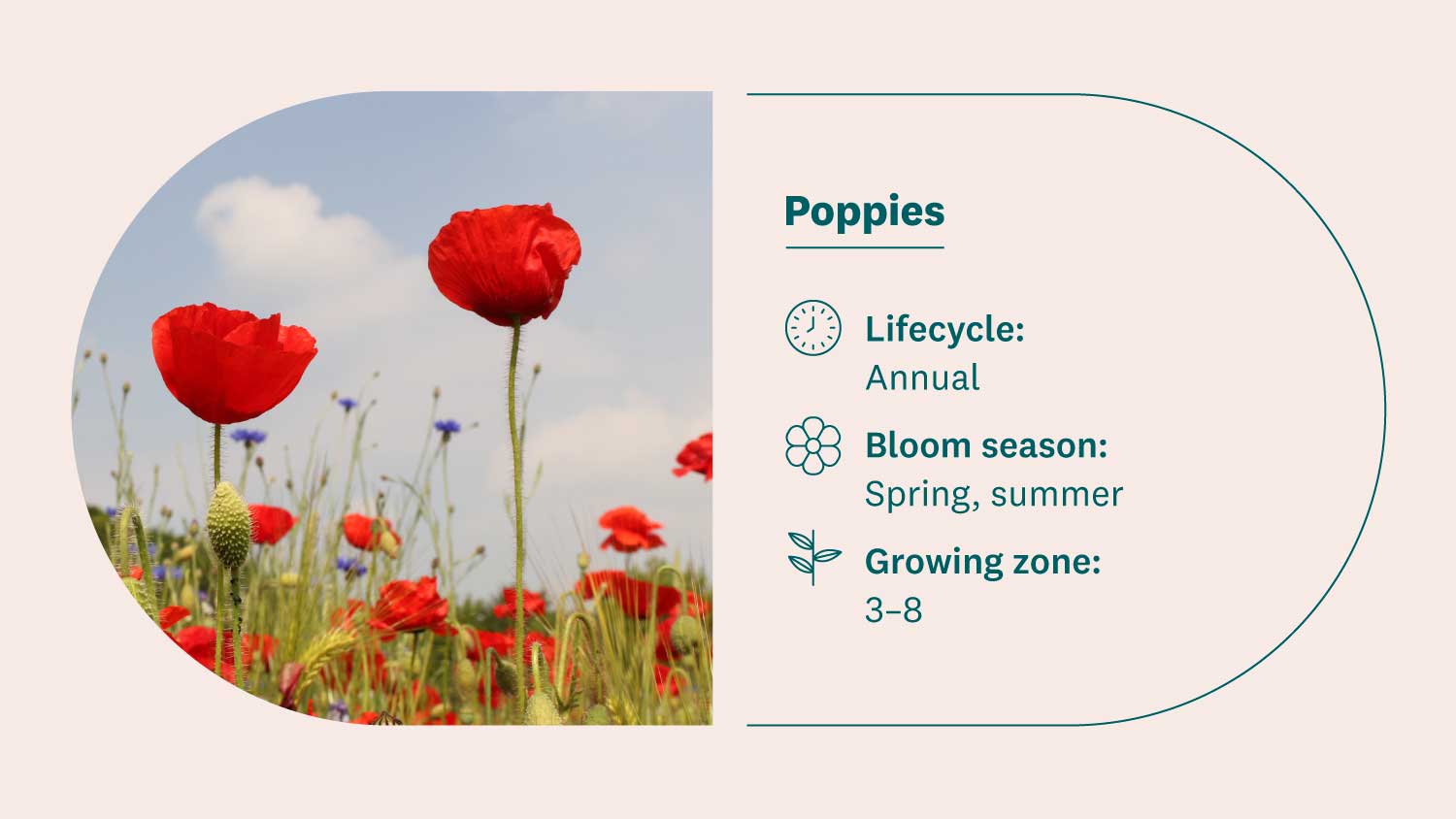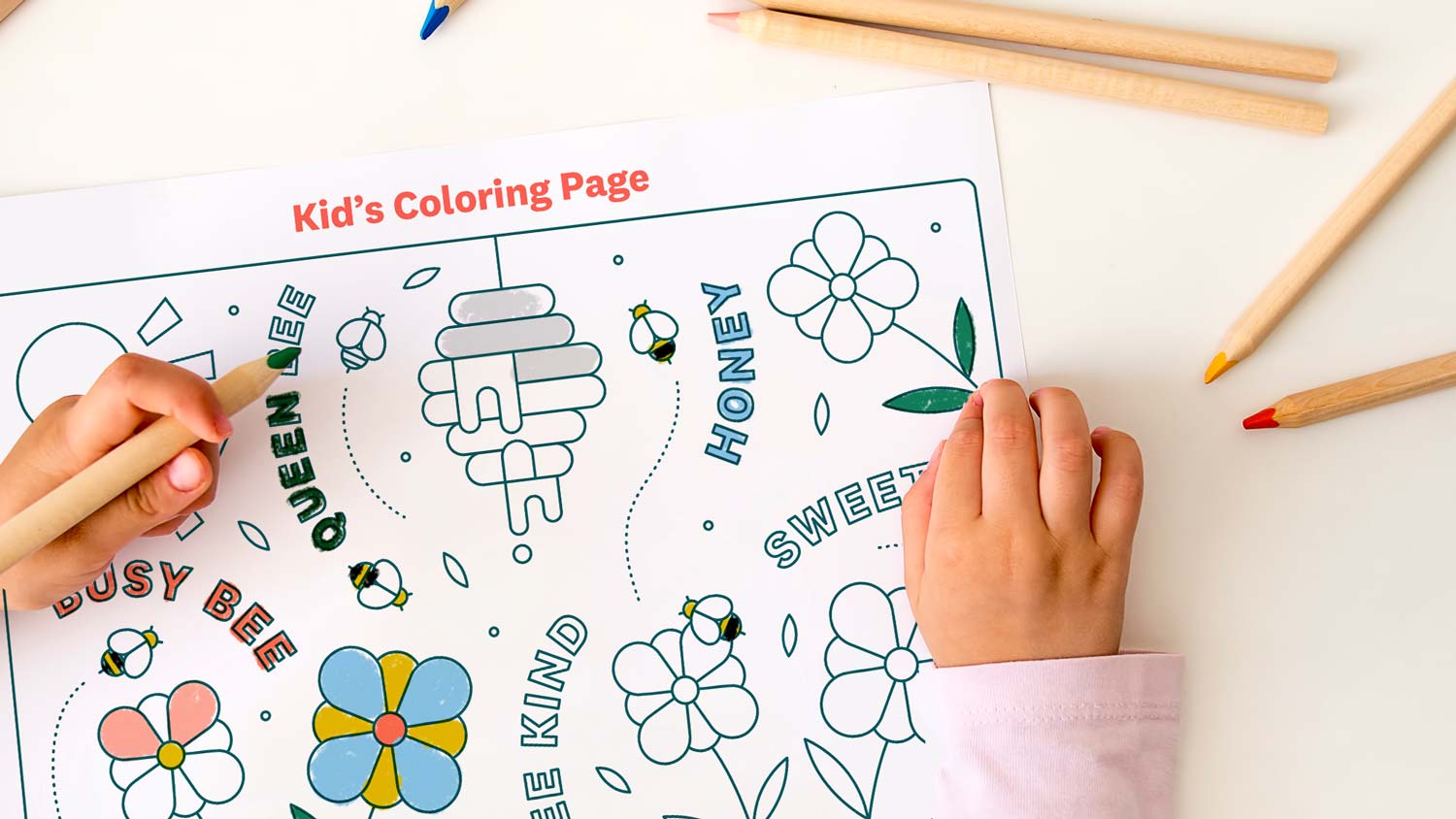
Leveling your yard can help with drainage and prevent damage to your home. Learn the cost to level a yard and what factors can affect the price.
Plant fluorescent flowers with enticing aromas in your garden for both you and bees to enjoy


Would you love to grow a luscious garden in your yard in time for summer? If so, don’t shoo away your flying garden visitors just yet.
Flowers and plants rely on bees and other living organisms for pollination, the movement of pollen from the “male” portion of flowers to the “female” portion. This fertilizes the plants, enabling them to develop seeds and reproduce.
Whether you have a green thumb or prefer to hire a gardener near you, teaming up with bees can take your flowers to the next level. Read on to learn about the best flowers for bees as well as how to maintain a “bee-utiful” garden for your home.

When you see bees buzzing around a flower, it means they are attracted to the aroma and colors. These flowers provide them with pollen and nectar, which serve as high-energy food and sugar-water for the bees and other pollinators. Bees travel back and forth between colorful and aromatic flowers, helping spread pollen.
While there are many pollinators, bees are at the top of this list. According to Bert Rivera-Merchand, Ph.D., a bee biologist for the Karma Honey Project, bees are a major part of the ecosystem.
“All bees play a huge role in plant reproduction, and the ecosystem heavily relies on them for pollination to stay alive,” Dr. Rivera-Merchand explained. “Bees even assist in agriculture. While we don’t need them for coffee, bees can increase 40% of its production.”
Despite their popularity, bumblebees aren’t the only bees in town. Here are some types of bees you can expect to see buzzing around your garden:

Fun fact: There are over 22,000 types of bees around the world, but only 500 make honey.
It’s important to know that bees aren’t aggressive insects. When you see them buzzing around, they’re most likely just searching for food. Now that you know a little more about bees, let’s dive into the types of flowers that best attract them.

The first thing to know about bees is that they are instantly attracted to plants with sweet aromas. As for colors, however, a bee-friendly garden requires extra thought.
When choosing the best flowers for bees, opt for highly fragrant blues and yellows. Bee vision is on the ultraviolet spectrum, meaning they can’t see the color red and shades close to it.
With that in mind, here are several spring and summer flowers to consider.

Bees love the flat, open shape of daisies, which are easy for them to collect nectar and pollen from. Daisies are simple, low-maintenance, and come in a variety of invigorating colors.

Purple and full of fragrance, lavender is a magnet for bees. Due to their ultraviolet vision, the color of lavender makes it easy for bees to find.

Though they don’t have any smell, sunflowers are a nectar and pollen powerhouse for bees. These flowers will bring a bright gold look to your garden and can grow up to 8 feet tall.

A member of the mint family, bee balm is often used in herbal teas and known to have medicinal properties. These flowers can grow up to 4 inches tall and add cheerful red, pink, and purple blooms to your garden.

Although poppies have ravishing red-orange hues, they provide tons of pollen for bees. Not only do they feed pollinators, but poppies are also used for flavoring cakes, salads, and breads.

Echinaceas, commonly known as coneflowers due to the shape of their flower heads, come in a variety of vibrant colors and forms. Coneflowers can grow up to 4 feet and are heat- and drought-resistant.

These flowers grow in many different colors and are known for having strong, sweet aromas. Their tubular, trumpet shapes make them a favorite among hummingbirds. Honeysuckles are also safe to eat.

The brilliant blue and purplish petals of lilac are very alluring for bees. The sweet smell of lilacs is also a favorite of butterflies, hummingbirds, and other pollinators.

Snapdragons are uniquely shaped flowers that bloom in long, tall spikes. When you open the flower petals, the appearance resembles the face of a dragon.

Marigolds are easy-to-grow flowers that can add bright pops of orange, red, and yellow to your bee garden. In addition to bees, their pom-pom blooms attract ladybugs, butterflies, and other pollinators.

A member of the mint family, salvia flowers come in a variety of colors, including rich reds and cool purples and blues. These nectar-rich, tubular blooms are very aromatic for bees and are also a product of kitchen herb sage.

Native to Mexico, dahlias come in dozens of different forms, bright colors, and heights. These bushy, tuberous flowers can grow more than 3 feet tall.

These fluffy pink flowers have a strong fragrance when in bloom, making them great choices for garden walkway ideas. The peonies’ nectar provides a sweet, sugary taste that is irresistible to bees.

In addition to flowers, you can diversify your garden with several other types of plants that attract bees.

If you’d love to include a few edible plants in your garden, bees enjoy the following vegetable and fruits:
Kiwi
Apples
Berries (raspberries, blueberries, blackberries, etc.)
Almonds
Coconuts
Citrus fruits (oranges, lemons, grapefruit, etc.)
Pumpkins
Eggplants
Tomatoes
Peppers
Fun fact: According to the U.S. Department of Agriculture, about one in every three bites of food we take relies on pollinators, especially bees.

In addition to flowers and small plants, many trees attract pollinators because of their fragrant blooms. A few trees that are magnets for bees and other pollinators (not to mention look amazing in your yard) include cherry trees, eastern redbuds, and crepe myrtles.
You can take advantage of composting at home to create additional nutrients for the soil in your flower beds. Keeping a journal is a helpful way to keep track of soil textures and monitor the overall progress of your bee garden, like the one below:



It’s not enough to have the most attractive flowers for the busy buzzers. When you plant for pollinators like bees, it’s important to create an environment that is both welcoming and safe for them. Here are some steps to achieve it.

Remember, various colors and shapes will attract different species of bees, which helps ensure there are plants pollinating and blooming in different seasons. Just like with humans, having a variety of food options also ensures bees receive the different nutrients that they need.

To make the most of your bee garden and see your flowers flourish, choose plants that are local to the area. For example, since marigolds are native to subtropical America, Texas would be a more adaptive environment for them as opposed to Minnesota.

Dr. Rivera-Merchand, who is also an ecologist, highly recommends avoiding pesticides in a bee-friendly garden. He explains that pollinators are declining worldwide due to pesticides, herbicides, and even some fungicides.
A safer method to keep destructive pests away from your garden without harming them and bees is by planting citronella. Lemon juice is another alternative pest repellent that is bee-friendly.

While bees typically retrieve water from nectar, they also use droplets of it to cool down their hives when it’s hot. To help, consider adding a small water pond. The trick is to decorate the pond with rocks, such as in a rock garden, so the bees don’t drown.
As for shelter, most bees build nests in the ground (only honey bees use cavities and carpenter bees use wood). These nests and ground holes are small and easily camouflaged by plants, so the more flowers in your garden, the better.

Last but most importantly, consider bee safety. Bees, in general, tend not to sting when away from the hive, so you can walk through your garden without fear of them. Bees aren’t aggressive, only defensive if they fear their home is threatened.
For this reason, be careful not to touch bee nests and try keeping your pets out of the garden, as they may try to play with the nests. If bees build their hive near your garden for convenience, this could be dangerous for them. They’re alarmed by dark colors and vibrations, such as from a trimmer or a leaf blower. If you suspect a hive nearby, you can hire a local professional beekeeper to safely remove and relocate it.
Fun fact: Despite their painful stingers, bees aren’t aggressive insects. They tend not to sting while away from their hive and searching for food.
You can both nurture your child’s curiosity of bees and encourage outdoor time through guided gardening activities. Use these educational bee worksheets as a fun and easy way to get the kids involved:


We hope these tips and expert advice have inspired you to start your bee-friendly garden. If you need additional hands to prepare your yard before summer, a professional landscaper near you can install plants and aesthetic designs to amp up your curb appeal.
From average costs to expert advice, get all the answers you need to get your job done.

Leveling your yard can help with drainage and prevent damage to your home. Learn the cost to level a yard and what factors can affect the price.

Ivy might look pretty, but you probably don’t want it in your garden. Learn how much it’ll cost to remove ivy by type, treatment method, and more.

How much does hardscaping cost project by project? Check out our breakdown for every price tag you need to know, from outdoor fireplaces to patios.

A perfectly level ground is crucial for a safe and enjoyable pool experience. Learn who to hire to level the ground and prepare your backyard oasis.

Liven up dull concrete spaces by installing artificial turf. Learn how to install artificial grass on concrete in just a few hours.

Opting for a natural turf alternative may have its perks, but the problems with artificial grass can outweigh the good. Get to know these common issues before installing.